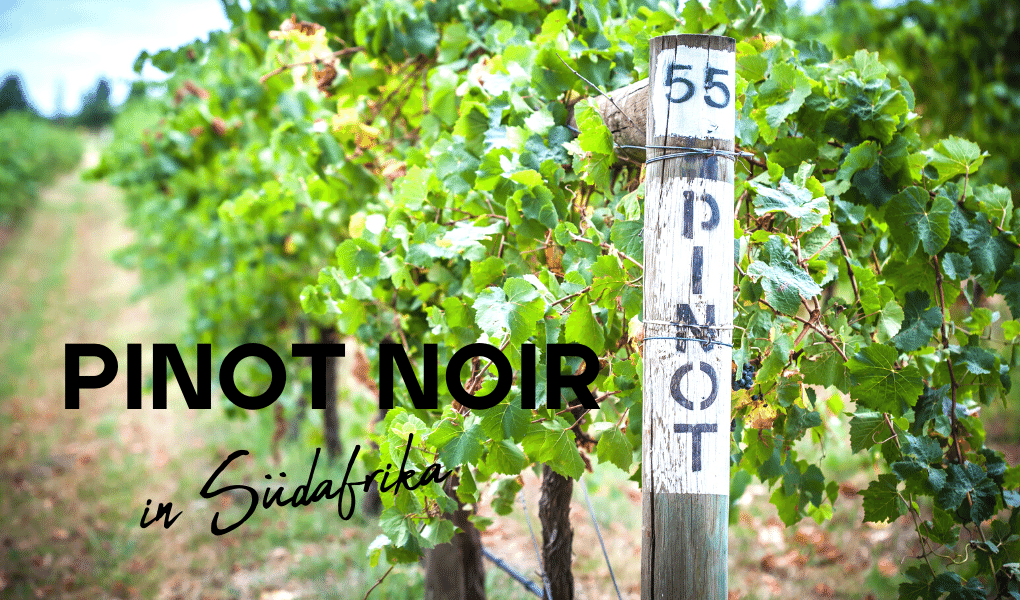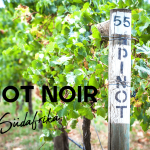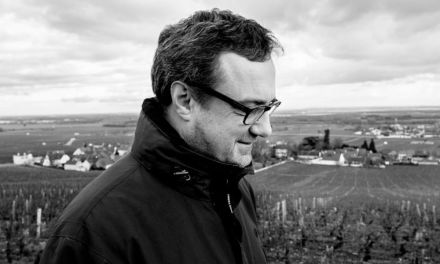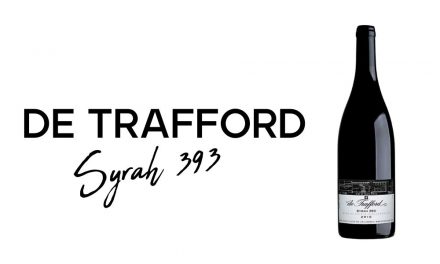South African Pinot Noir
It all started with a Swiss clone
In fact, every day should be a day of South African Pinot Noir, but the 18th of August is the only day marked on the calendar as official. Celebrate this day by learning a little more about this variety and the wines you should taste.
Although every day of the year should be a day of Pinot Noir, the 18th of August is the international day of this grape variety that gives us so much pleasure in celebrations where we drink a glass of this wine.
South African Pinot Noir wines have improved in recent years as more winemakers try their hand at the notoriously fickle variety. This is not only due to advances in cultivation and cellar techniques, but also because winemakers are dedicated to the art of Pinot Noir.
It all started with a Swiss Pinot Noir clone
Professor Abraham Izak Perold imported the Swiss clone BK5 Pinot noir in the 1920s, and Muratie in Stellenbosch was the first to grow the variety in 1927. The variety had a hard time gaining acceptance in areas other than Stellenbosch at that time, as there was a strong focus on wine volume production rather than wine quality.
The quota system introduced at the end of the 1950s also prevented an expansion of production. In the mid-1970s, Tim Hamilton Russel of Hamilton Russel Wines in the Hemel-en-Aarde Valley played an important role in unlocking the true potential of Pinot Noir in the country. When he decided to produce the variety despite the quota system and the fact that the available clone was for the production of sparkling wine and not table wine.
Together with his winemaker at the time, Peter Finlayson, Russel proved that the Hemel-en-Aarde Valley was ideal for Pinot Noir production. New Dijon clones, better suited to the production of fine table wines, became available in South Africa in the 1990s.
Along with the shift to producing quality wines, these new clones led to many new regions also growing the variety, including Elgin, Doring Bay and Franschoek. Prof. Perold crossed Pinot noir with Cinsaut to produce the truly South African variety, Pinotage.
5 facts you need to consider
1. the Pinot Noir enjoys the same climate as the Chardonnay. These two grape varieties are often grown in close proximity to each other.
2. Blanc de noirs champagne uses Pinot Noir (and Pinot Meunier) as the base grape. Pinot Noir is one of the few red grape varieties used to make red, rosé, white and sparkling wine!
3. Due to the almost unfavorable conditions for Pinot Noir in South Africa, clone selection (the selection of vines best suited to the region/area) is of utmost importance to ensure that the best possible grapes can be produced.
4. South African Pinot Noir can taste of red fruits such as raspberries, plums, cranberries and cherries. Aged Pinot Noirs often develop earthy notes with hints of truffle, wild mushrooms, cured meats and exotic spices.
5. Due to its high acidity and low tannin content, Pinot Noir is a very versatile wine for food pairing. Pinot Noir goes particularly well with duck, chicken, pork and mushrooms.
Pinot Noir wine creations
Killer Deal – from 6 btl.
HAUTE CABRIÈRE
Pierre Jourdan – Tranquille – Screw Cap – NV
CHF 10.90 instead of CHF 14.90
All prices in CHF incl. VAT. Daily price from 29.07.2022.
Offers valid while stocks last. Errors and price changes subject to change.













